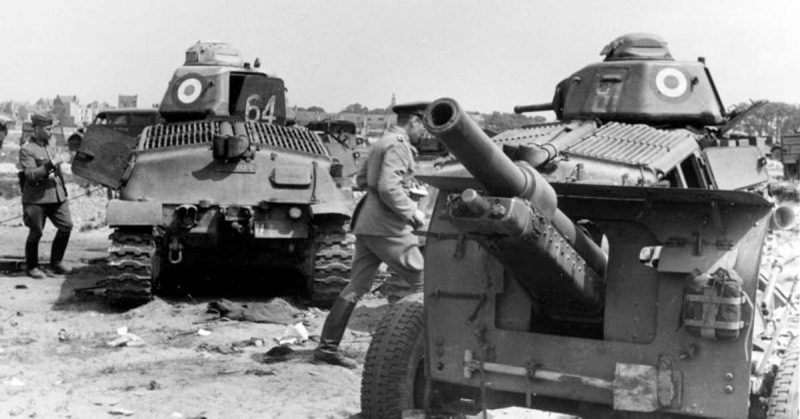There are no shortage of memorable moments that unfolded during the Second World War. And though many of us would choose not to remember all of them, it’s important to keep them in mind; to not only pay homage to those we’ve lost but to learn from our past mistakes.
The Battle of France, a campaign that began on May 10th, 1940, and ended with German forces invading France, Belgium, Luxembourg and the Netherlands, is one of these mistakes. A point in time when the enemy gained control and defeated the good guys. A historic event that should never happen again.
Here are some strategies that would’ve been useful for the Allies, who were instead ultimately left floundering in the wake of the Germans’ strategic attacks.
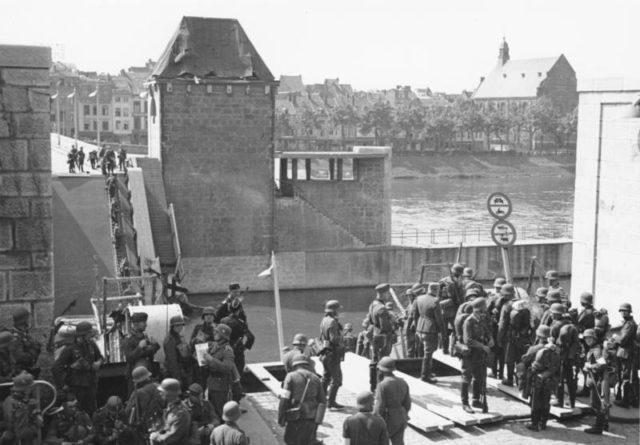
1. Always have a backup plan
The Germans had two plans underway at the one time, giving them the upper hand when it came time to attack. There were two main operations: Fall Gelb (Case Yellow) and Fall Rot (Case Red).
In Fall Gelb, German armed forces fought their way through the Ardennes, following along the Somme valley to cut off and surround the Allied units, which had previously advanced into Belgium to meet the expected German threat. When British, Belgian and French forces were then driven back to the sea due to a mobile and well-organized German attack, the British government decided to pull the British Expeditionary Force (BEF) out, as well as several French divisions at Dunkirk, in Operation Dynamo.
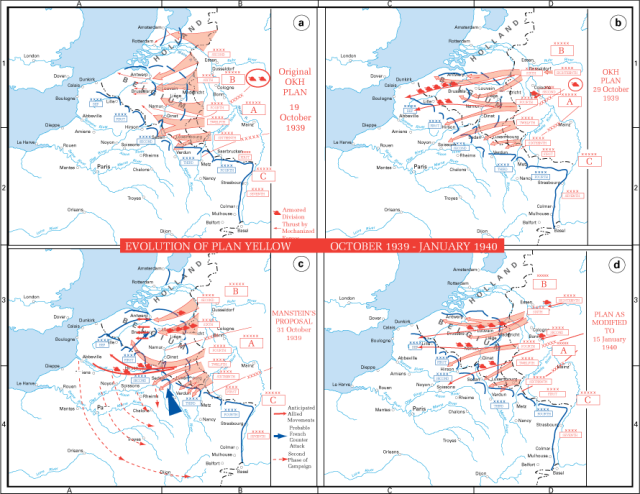
Then, while the Allies were still reeling from this maneuver after the withdrawal of the BEF, the German forces launched their second operation. This was Fall Rot, which took place in June 1940. While the dwindling French units put up a strong initial resistance, the German air superiority, and armoured mobility was too much for the remaining French forces. German armor surpassed the Maginot Line, allowing them to push hard into France and arrive in Paris with little to stop them.
This caused chaos in the bewildered French government and effectively ended any organised French military resistance that they had set in place, ready for a counter-attack. German commanders eventually met with French officials on June 18th, they forced them to accept all of their demands. Marshal Philippe Pétain would become the newly appointed prime minister, and thus have power over French and its Empire.
2. Upgrade your manpower on all sides; don’t leave any obvious weak spots
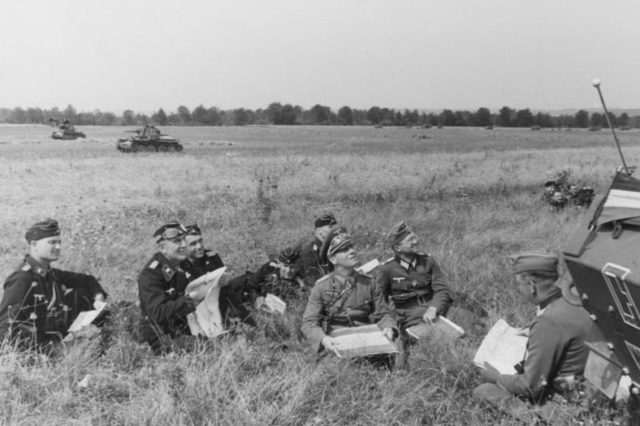
Hitler’s initial plan before the Battle of France was to take over the Low Countries first because they were smaller and less prepared, and therefore weaker.
Recognizing the need for stronger military campaigns to defeat the Western European nations, Hitler arranged the conquest of regions in Eastern Europe to avoid a two-front war. His idea was based on a more realistic assumption that Germany’s military strength would have to be built up for several more years to really be unstoppable, so only limited moves could be carried out until they grew stronger.
They were focused on improving Germany’s ability to survive a long, drawn out war with the Allies. Hitler ordered the conquest of the Low Countries to be accomplished at the shortest possible notice. After all, this would stop France from gaining them first, and prevent any Allied aircraft from threatening their crucial German Ruhr region. Furthermore, it would provide a more organized air and sea front against Britain.
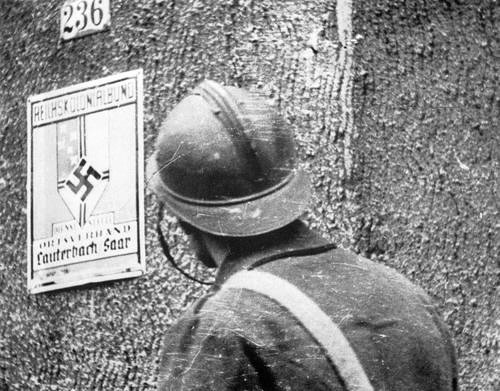
At first, Hitler wanted to set the invasion in motion by the end of October 1939, but he apparently understood that this date might be unrealistic. Instead, he told Walther von Brauchitsch that he planned for the invasion to begin on November 12th. However, the general informed Hitler that the military still needed to fully recover from an earlier operation to take control of Poland from the British and French forces.
The motorized units needed repairs and ammunition had been dwindling for some time. With the general’s warning in mind, Hitler just postponed the attack instead, claiming poor weather was the reason for the wait.
3. Don’t give up before you’re truly out of options
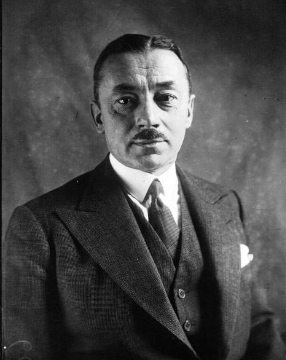
The French Prime Minister, Paul Reynaud, was so surprised and overwhelmed by the German advancement and takeover he just fell into a pit of despair and was ready to throw in the towel. When you’re the leader of your country, you can’t merely quit and wait it out! This is the freedom of your people on the line, after all. Sure, France was frozen and incapacitated by a sense of defeatism, but the war had only just begun.
On May 15th, Reynaud called Winston Churchill – the new British Prime Minister – and simply said, “We have been defeated. We are beaten; we have lost the battle.” Churchill felt the need to give Reynaud some solace, reminding him of the many times the Germans had broken through the Allied lines in WWI but was later stopped regardless. Reynaud just wouldn’t get out of his depressing state of mind. Even if no backup plan had been set in place, giving up immediately means that defeat is inevitable.
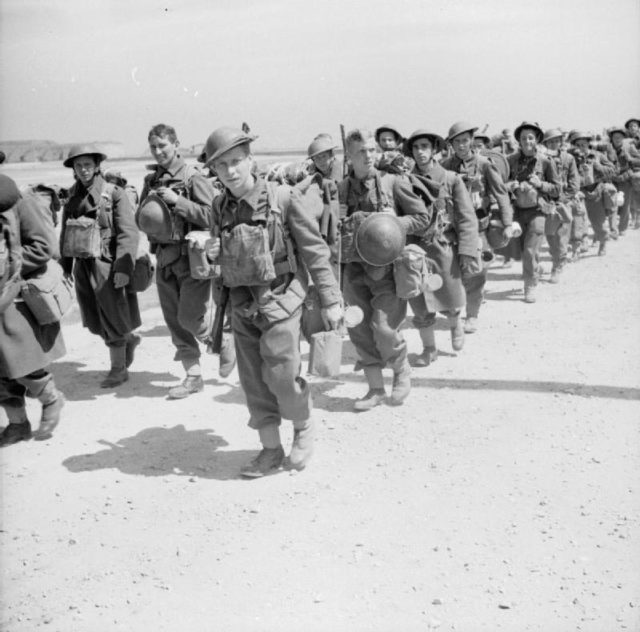
4. Communication is key, and rehearsals can come in handy
It’s become quite clear that the Allies provided a strong united front in WWII – once everyone finally came together to figure out realistic plans. Lack of organization and bad decision-making led to many upheavals in their plans, due to a basic lack of coordination.
Unfortunately, some of the best Allied units in the North had seen little fighting. If they had been kept in reserve, a decisive counter-strike could have been implemented. In an ironic twist, General Staff Studies had proclaimed before the war that the main reserves were going to be kept by the French, to resist just this kind of invasion of the Low Countries. Perhaps then they could deliver a counterattack or form an impenetrable front line. However, this was not meant to be.
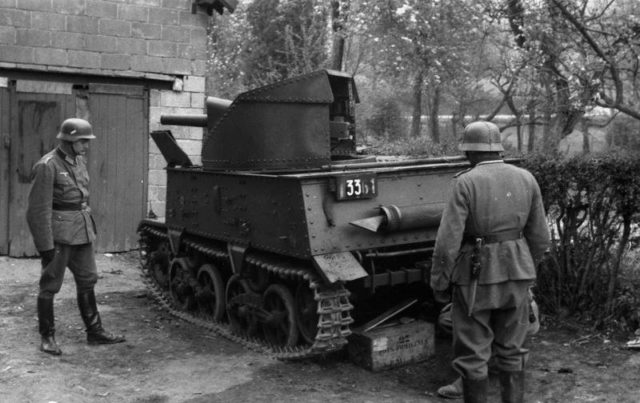
Despite having far more manpower, the French had failed to use their opportunity properly, or to even set up an attack against the vulnerable German bulge. The Germans combined their fighting operations and had them at the ready for any large attacks, whereas the bulk of the French troops were scattered along the front in small formations. Therefore, most of the French reserve divisions had then already been undermined.
Overall, a little preparation and a comprehensive plan are certainly useful when the time calls for them. Hopefully, though, the world won’t need to plan for anything quite as terrible as WWII ever again.
